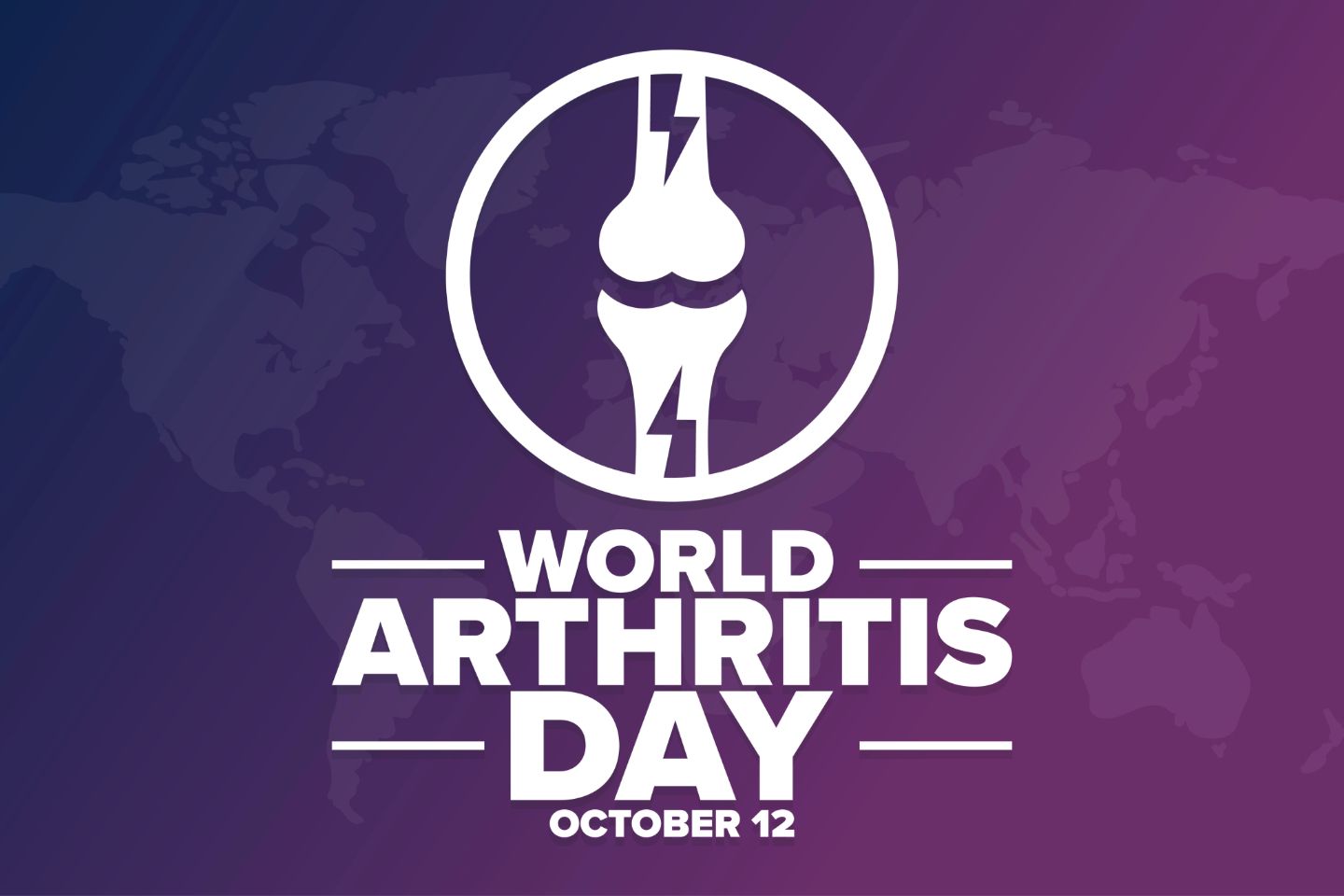
World Arthritis Day: Myths vs. Facts About Arthritis
Introduction
Arthritis is a very common disease that affects people around the world. When the symptoms set in, like joint pain, stiffness, and reduced movement, it often starts to interfere with everyday life. Yet, despite being so well known and commonly occurring, arthritis is still surrounded by myths and misconceptions that confuse people and prevent them from seeking proper care.
World Arthritis Day is marked every year on 12th October to raise awareness, break the stigma, and help people understand the reality of this condition. This blog aims to bust common myths with facts, helping separate truth from fiction and encourage better ways to manage joint health and prevent arthritis.
Myth 1: Arthritis Only Affects Older People
Many assume arthritis is simply a part of ageing, and it only sets in when you're older. Thinking of it as an "old person's disease" makes younger people ignore early symptoms.
Fact: Arthritis Can Impact People of All Ages
Children and young adults can also be diagnosed with different types of arthritis, known as juvenile arthritis or simply referred to as childhood arthritis.
Autoimmune arthritis can develop even in young people. This condition can start when the body's immune system damages the joints, and is referred to as rheumatoid arthritis.
Injuries and genetics can increase the risk at a younger age.
While older adults are more commonly affected, arthritis is not exclusive to them. It can affect anyone, regardless of age.
Myth 2: Exercise Makes Arthritis Worse
Many people believe that movement will "wear out" already painful joints. There is a fear that moving joints will cause more damage. In truth, the right kind of movement helps reduce stiffness, strengthen muscles, and keep joints flexible. Avoiding activity usually makes arthritis worse.
Fact: The Right Exercise Helps Manage Arthritis
The truth is that gentle, regular activity can help relieve stiffness and strengthen the muscles that support joints.
Some safe exercises include:
Light walking or brisk walking
Swimming or water aerobics
Cycling on level ground
Stretching and yoga
Light strength training with proper guidance
When you start, choose a low-impact physical activity that will not put excess pressure on your body on the first day. You can change the types of workouts that suit your condition and avoid overstraining.
Myth 3: Arthritis Is Just Minor Joint Pain
Many think arthritis is nothing more than a mild ache. The fact is that arthritis is a serious medical condition that may lead to long-term problems if left untreated. It goes far beyond "just minor joint pain."
Fact: Arthritis Is a Serious Medical Condition
Arthritis is a serious issue that may lead to severe inflammation, joint damage, and even deformity in advanced cases.
It often affects daily tasks like climbing stairs, gripping objects, or even walking.
If untreated, it may lead to long-term disability.
Myth 4: Weather Changes Cause Arthritis
It's often said that arthritis pain gets worse when it rains or turns cold. Weather changes don't cause arthritis, but shifts in temperature or air pressure can make symptoms like stiffness and swelling feel worse. It's about sensitivity, not cause.
Fact: Weather May Influence Symptoms, Not Cause Arthritis
The weather is not the cause of arthritis.
Changes in air pressure and temperature may temporarily increase stiffness and joint pain.
People already living with arthritis may feel more discomfort during colder or damp conditions.
Dressing warmly, staying active indoors, and using heat therapy can help reduce these weather-related effects.
Myth 5: There's Nothing You Can Do About Arthritis
Some believe that once diagnosed, nothing can help. Many people manage arthritis with lifestyle changes and medical help.
Fact: Early Diagnosis and Treatment Can Improve Quality of Life
Lifestyle changes, including weight management, exercise, and physiotherapy, can ease symptoms.
Medications and therapies can control inflammation and pain.
Advanced surgical procedures are available in severe cases to restore mobility.
The earlier arthritis is diagnosed, the better the chances of slowing down its progression.
Myth 6: Diet Has No Role in Arthritis
Many people overlook the role of their diet. In fact, nutrition makes a big difference. Anti-inflammatory foods can help, while processed foods and excess sugar can make inflammation worse.
Fact: Nutrition Plays a Key Role in Joint Health
A balanced diet can reduce inflammation, manage weight, and support bone strength.
Foods that may help arthritis management include:
Fatty fish (rich in omega-3)
Fresh fruits and vegetables (antioxidants)
Nuts and seeds
Whole grains
Dairy products (calcium-rich)
Foods best avoided include:
Processed sugars
Deep-fried items
Excess salt
Red meat in large quantities
Breaking Myths to Build Awareness
World Arthritis Day is more than just a date on the calendar. It is a reminder that millions live with arthritis every day and deserve better awareness, support, and treatment. By challenging myths and understanding the facts, we can encourage early detection, better lifestyle management, and more compassionate care for those affected.
Remember: Arthritis is not an inevitable part of ageing, nor is it untreatable. With the right information and approach, joint health can be maintained, and quality of life enhanced.
FAQs
How to beat arthritis?
While arthritis cannot always be "cured", it can be managed. Regular exercise can significantly reduce pain and stiffness.
When does arthritis usually start?
Arthritis can start at any age. While it is more common after the age of 40, children and young adults can also develop certain forms of arthritis.
What are the first signs of arthritis in the legs?
Early signs include joint pain after activity, morning stiffness, swelling around the knees or ankles, and reduced flexibility in movement.



